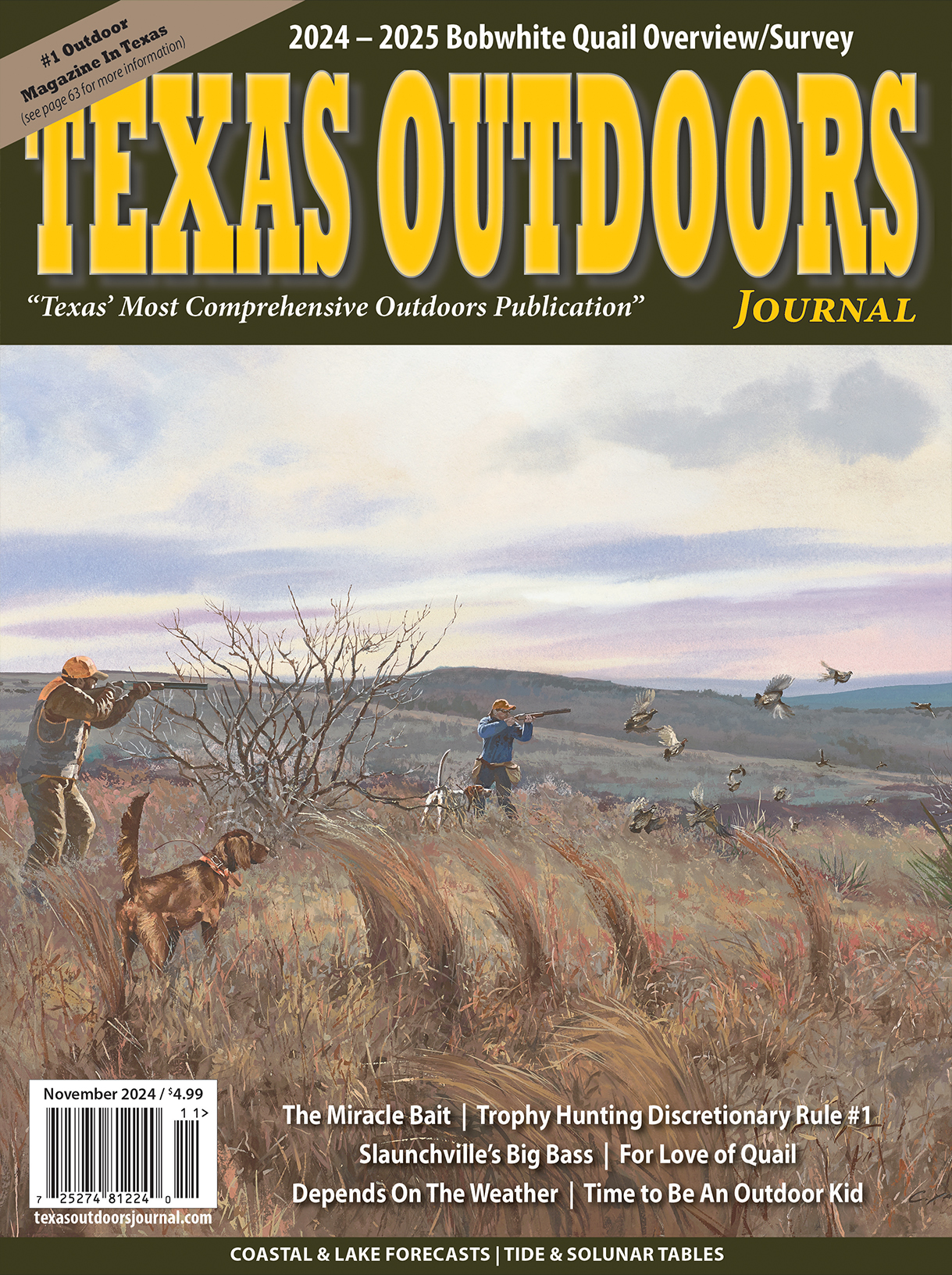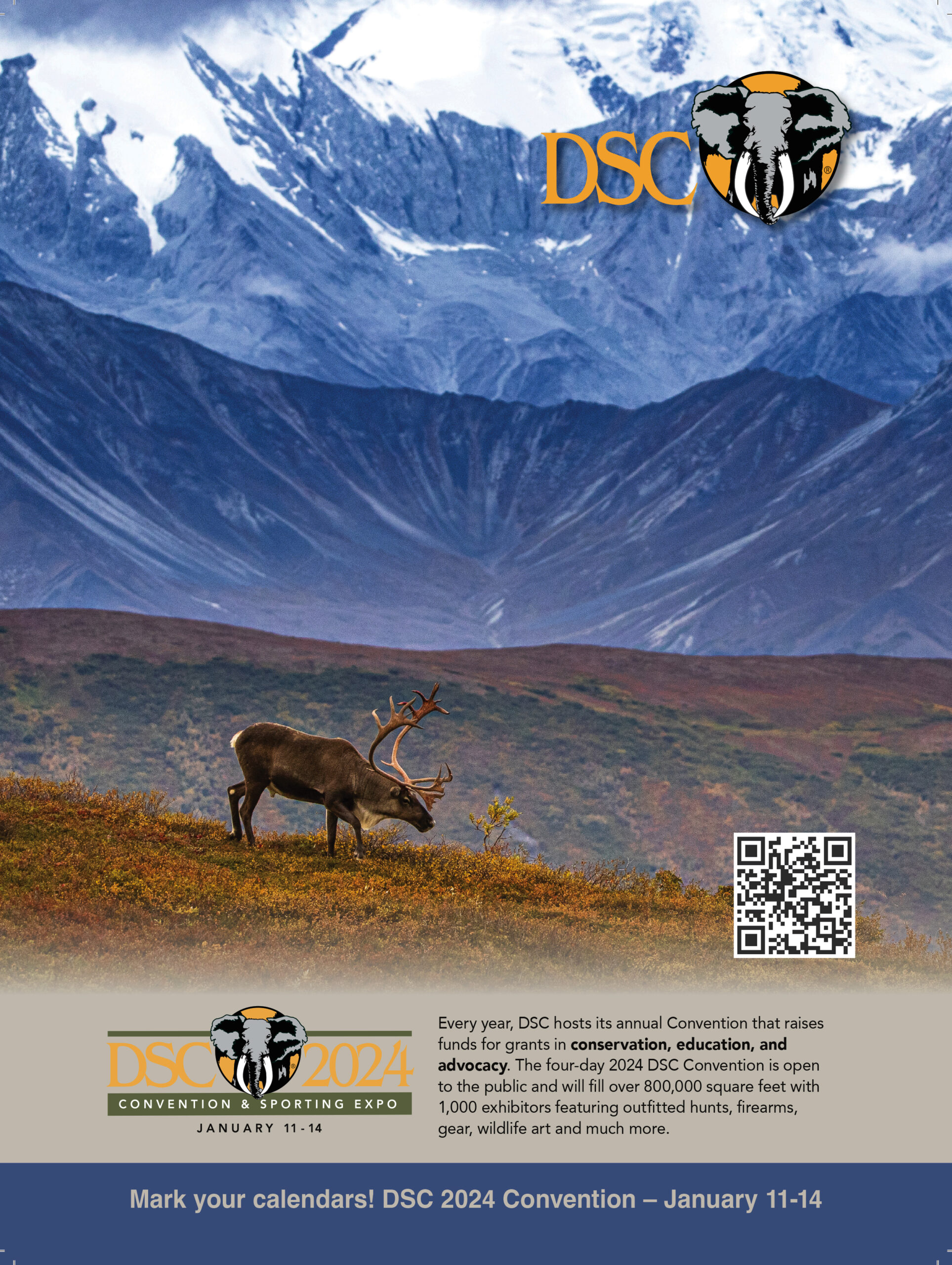
Dry Conditions Could Pose Challenges for Waterfowl Hunters This Season
AUSTIN- Lingering drought conditions throughout much of Texas could present challenges as waterfowl hunters prepare for the start of the new season. The dry habitat conditions in many parts of the state are not ideal for ducks and duck hunters, according to Texas Parks and Wildlife Department (TPWD) biologists. However, weather pattern changes, timely cold fronts and significant rain could boost hunters’ prospects.
The United States Fish and Wildlife Service (USFWS) completed its May Waterfowl Breeding Population and Habitat Survey which had mixed results. The total number of ducks decreased 18 percent from the previous year. Green-winged teal, northern pintails and canvasbacks were the only species that increased in number from the previous May.
Because ducks migrate, conditions across the continent can affect the populations seen in Texas. Although droughts plagued much of the prairie pothole region of the Northern Great Plains, weather in the eastern Dakotas created good nesting conditions and a great hatch for a variety of ducks important to Texas hunters.
“Unfortunately, our duck hunters are looking at a very dry state of Texas currently,” said Kevin Kraai, TPWD Waterfowl Program Leader. “Much of Texas is experiencing extreme drought and are on the doorsteps of surpassing the drought record from 2010 and 2011. The exceptions are parts of deep South Texas and portions of the Texas Panhandle that received good rainfall this summer.”
Reservoir levels in East Texas are very low because of the extremely dry and hot summer. The silver lining is that this could turn into a positive when it starts to rain again. While lakes were low this summer, large amounts of vegetation that produce small seeds have grown along exposed shorelines. When water levels rise and the vegetation is flooded, it will provide a substantial increase in the foods that are available for wintering ducks.
The Texas coast is beginning to see some improvements in water conditions, but significant rainfall is still needed for most of this region. Texas coastal marshes are very salty, many of the wetlands are dry and freshwater is limited going into the season. In addition, irrigation water restrictions will impact the available waterfowl habitat and the acres of rice agriculture along the Gulf Coast. The hunt clubs and leases fortunate enough to have access to water to flood rice fields or wetlands will have an advantage this fall if dry conditions persist.
“Typically, when there is less water spread out across the landscape it concentrates birds in areas where hunters tend to be waiting and hunting success increases,” said Kraai. “However, ducks will be very intolerant of excessive disturbance and move on quickly after hunting begins if habitat conditions don’t improve.”
The news isn’t all bad when it comes to waterfowl hunting in Texas. The number of waterfowl hunters jumped seven percent from the previous year and TPWD staff estimated that the 73,200 duck hunters in Texas harvested 1.06 million duck’s last season. Texas now has more duck hunters than any state in the country. Texas hunters harvest more ducks than the entire Atlantic Flyway and account for 54 percent of all the ducks harvested in the Central Flyway.
The special youth-only duck season along with veterans and active-duty military season occurs in the High Plains Mallard Management Unit Oct. 21-22, followed by youth-only/active-duty military duck season in the South Zone Oct. 28-29 and the North Zone Nov. 4-5. Regular duck season in the High Plains Mallard Management Unit opens Oct. 28, in the South Zone on Nov. 4 and the North Zone on Nov. 11. Additional information regarding duck seasons and daily bag limits can be found in the Outdoor Annual.
Light and dark goose season starts Nov. 4 in the East Zone and West Zone. The light geese conservation order season begins in the East Zone on Jan. 29 and on Feb. 5 in the West Zone. More information regarding goose seasons and daily bag limits can be found in the Outdoor Annual.
Hunters need to purchase their new 2023-24 Texas hunting license prior to hitting the field. In addition, waterfowl hunters must have a migratory game bird endorsement, federal duck stamp, and be Harvest Information Program (HIP) certified. Biologists note the importance for those purchasing a hunting license to answer HIP survey questions correctly as these surveys allow biologists to get an accurate sample of hunters so harvest surveys can be delivered to hunters later in the year from the USFWS.
It’s also required by law for hunters to have proof of their completion of a hunter education course.
Anyone hunting on Texas public hunting lands are also required to purchase an Annual Public Hunting Permit. Texas has more than 1 million acres of land accessible to the public. More information about these lands and locations can be found on the TPWD public hunting website. Hunters using public lands can complete their on-site registration via the My Texas Hunt Harvest app.
Consult the Outdoor Annual for other season dates and bag limits, including those for “Dusky” duck.









